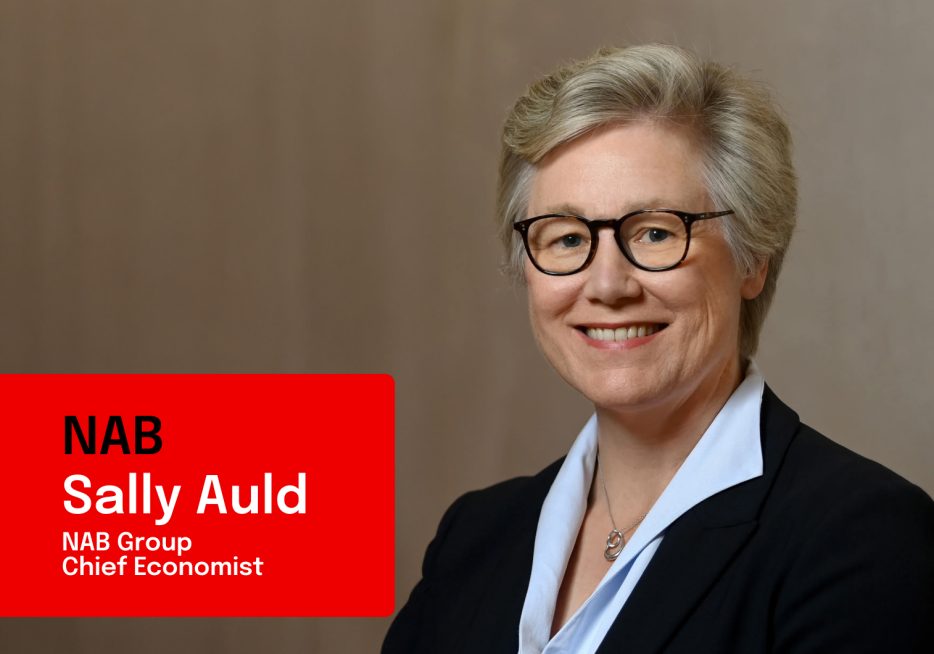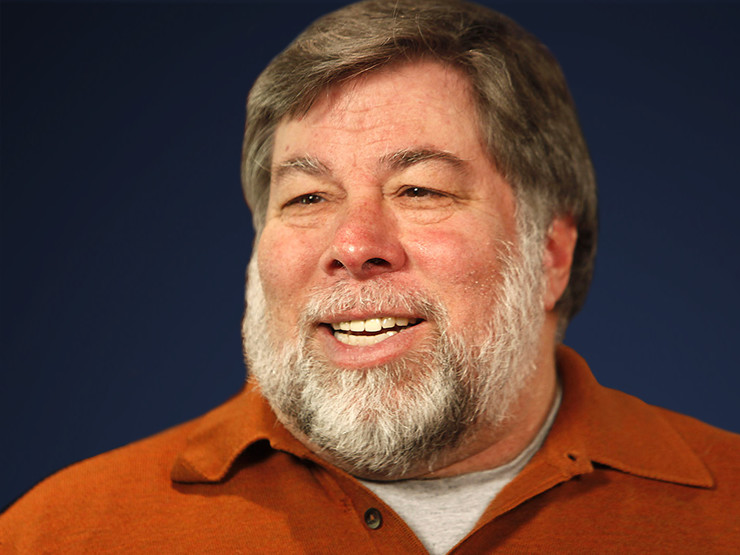We hear from NAB Group Chief Economist, as she shares her latest economic update. Watch now.


Many of the great companies in technology were started by partnerships. Wozniak says when you have great ideas you need some other people to ripple it off, and at least one key friend who believes in it.

Steve Wozniak didn’t get his dream to be a lifelong engineer at Hewlett Packard, but he did become world-famous for co-founding Apple and helping change the world with his design of Apple’s first line of products, the Apple I and II.
The son of an electrical engineer, Wozniak grew up in San Jose, before it became known as Silicon Valley. He says that half the kids in his neighbourhood spent their spare time teaching themselves about electronics and making devices. A talented student in math and science he would regularly win prizes in these subjects at school – that combined with electronics gave him a passion for engineering. “I knew from a young age that I was going to be an engineer when I grew up.” He targeted Hewlett Packard because it made precision computers. “I taught myself on pencil and paper to design any computer in the world in two days. I just got that by trying over and over and over. Ten thousand hours went into it.”
He was approached by Hewlett Packard and started working there as a computer designer working on the company’s Handheld Scientific Calculator, which he says was the iPhone 6 of its day.
Describing himself as a ‘geek’ he would leave work, watch Star Wars, have a TV dinner and then return to the office to work on designing his own gadgets for fun.
They met through a mutual friend – Wozniak was 20 and Jobs was 16 and they became best friends. “Steve Jobs was a real hippy, he would walk around barefoot and eat out of seed bags,” he says.
“It was what I called Steve Jobs Zero before Apple started,” he says. “Everyone talks about Steve Jobs One where he was a tyrant at Apple and pushing people too hard and moving too fast and unable to have successful products and then Steve Jobs Two when he came back mature and making all the products that changed our lives so much that to this day and really seeing the vision of how people wanted to live. But I saw Steve Jobs Zero and we had a lot of fun.”
He says Jobs always wanted to move the world forward and was an independent thinker from the outset. After moving away for college, he would come back to town, visit Wozniak, taking things he’d designed for fun and sell them.
When Wozniak came up with the prototype that would become the Apple 1 personal computer, Jobs suggested they start a company together. Wozniak recalls turning him down because he would lose his job at Hewlett Packard. He took his ideas to Hewlett Packard first and was turned down five times. So, in 1976, Wozniak and Steve Jobs founded Apple Computer Inc. The following year, they introduced his Apple II personal computer, featuring a central processing unit, a keyboard, colour graphics and a floppy disk drive, which was integral in launching the personal computer industry.
Many of the great companies in technology were started by partnerships. Wozniak says when you have great ideas you need some other people to ripple it off, and at least one key friend who believes in it.
Starting a business requires a lot of disciplines. “When we started Apple as a real company with money we needed someone to handle operations, we needed people who would build our machines, we needed people to assemble them, we needed finance, we needed engineers, myself and maybe another engineer, we needed some businesspeople to think about where the business was going, and marketing people to do the advertising.”
While Wozniak was focused on the engineering side, Jobs was pivotal in hiring the right people. And while Jobs didn’t have any skills in business yet, by asking the right questions he learnt how to do what they do, becoming a very important contributor very fast.
They remained friends until the end. “When Steve died, I thought back to all those days and the things we did and what came out of it. Near the end he was talking about the exact same thing, ‘did you ever imagine what we were doing back then would lead to this’?”
For Wozniak the management team in a technology company is responsible for knowing how good a thing you can build and how do you keep the excellence in it. He says it’s better if the person at the top wants it themselves, something that Jobs excelled at. “If you don’t challenge it enough you don’t find a lot of the bugs, and the awkwardness and difficulty you get using it.”
He thinks the most successful companies are those that are marketing driven. “I think in our first ten years at Apple all we did was make marketing mistakes, all the new products we tried to develop they all failed, and a lot of the times I could point to a marketing mistake but the Apple II was our revenue for our first ten years.”
He believes innovation has to trickle from the top down. He suggests putting some percentage of your company time and/or your employees into thinking about how the company can adjust to the future. “One of the things is you should clear out your head, pretend I don’t know what I know about our business. If I was to set up our business from scratch, every little bit of it, how would it work in most beautiful way, not how do we modify what we have today.”
Wozniak nominates driverless cars, virtual reality and artificial intelligence as the biggest game-changers ahead. “I think after some period of time every car manufacturer in the world is going to have self-driving cars, they’re working on them now, maybe after five years. And the accident rate will be so much lower than human driven cars that there might even be laws against humans driving.”
For more information visit the NAB World Business Forum 2015 live insights hub.
© National Australia Bank Limited. ABN 12 004 044 937 AFSL and Australian Credit Licence 230686.